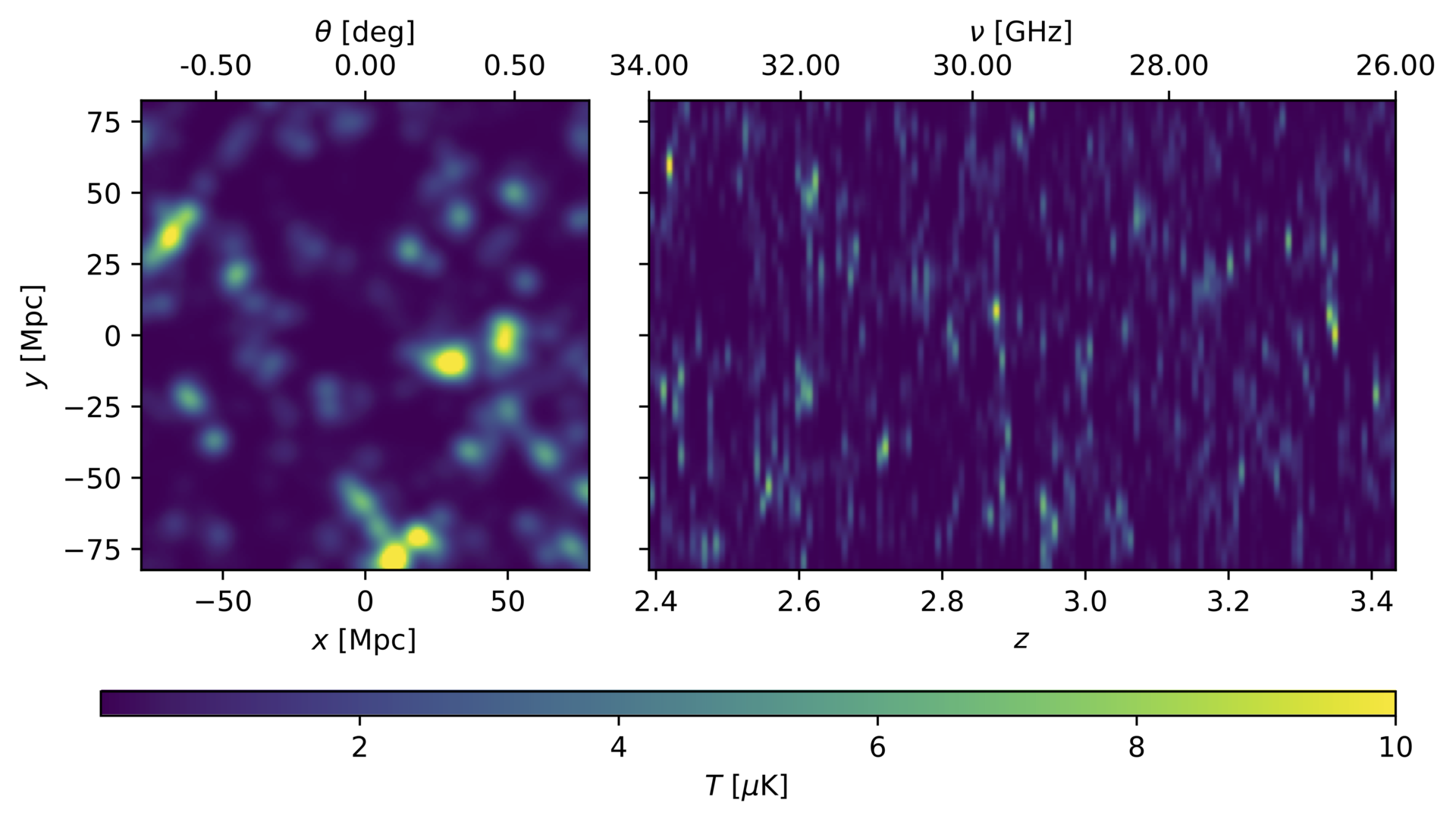
The PhD defence will be fully digital and streamed directly using Zoom. The host of the
session will moderate the technicalities while the chair of the defence will moderate the disputation.
Ex auditorio questions: the chair of the defence will invite the audience to ask ex auditorio questions either written or oral. This can be requested by clicking 'Participants -> Raise hand'.
-
Join the disputation
The meeting opens for participation just before the disputation starts, and closes for new participants approximately 15 minutes after the defence has begun.
Trial lecture
"The first image of a Black Hole, the M87 shadow"
The video recording of the trial lecture will be available here from the 27.04.21 – 30.04.21
Conferral summary
Grundig og robust dataanalyse er avgjørende for å møte utfordringene i moderne observasjonell kosmologi. Avhandlingen diskuterer dataanalyse-metoder og resultater fra to kosmologiske prosjekter, COMAP og BeyondPlanck.
Main research findings
In the developing field of line intensity mapping (LIM), an approach to measuring spectral line emission from various atoms and molecules in the early universe, we are typically in a situation where we want to measure a weak signal, but our measurements contain large amounts of noise, contamination from other astrophysical sources (called foregrounds) and instrumental errors and biases (called systematics). A similar situation arises in the search for the imprint of primordial gravitational waves in the Cosmic Microwave Background (CMB).
In this thesis I outline an attempt at dealing with these problems in the context of COMAP (CO Mapping Array Pathfinder), a LIM experiment targeting line emission from carbon monoxide from star forming regions in the early universe. We discuss how to go from the raw data measured by the telescope, to robust estimates of the signal, as well as how we can use the measured signal to understand the properties of the universe. Our preliminary results show that, while we have not detected the signal yet, we are successfully suppressing all systematics, and hope to achieve a detection within a few years.
I also discuss the BeyondPlanck project, an ambitious project to develop an end-to-end Bayesian data analysis pipeline for CMB experiments, where I worked on noise estimation, systematics and calibration.
